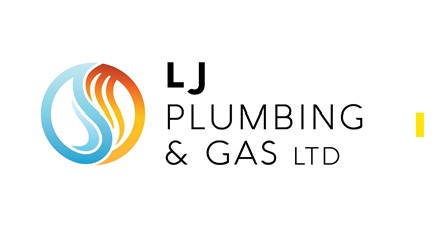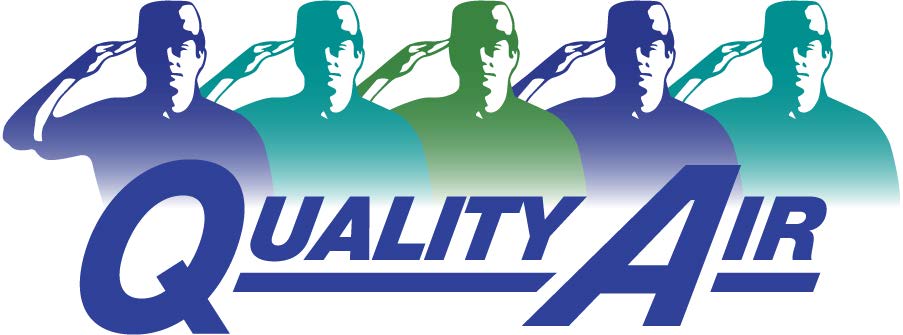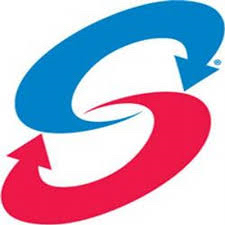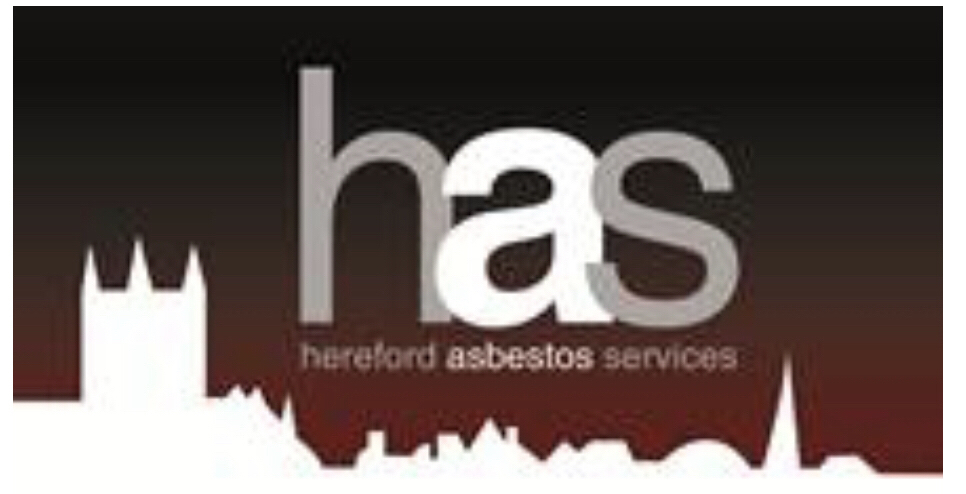Title Page
-
Vehicle Registration
-
Inspection date
-
Inspection done by
-
Driver license number
-
RUC Current Please write the Mileage
-
Current Mileage reading
Vehicle inspection
T - Tyres
-
Check the Tyre Depth Less than 1.5mm is unsafe
-
Check tyres for cracks and bubbles and sharp objects stuck in tyres
-
Check Tyre pressure (check the inside of your door frame for tyre pressure)
W _ Windscreen , Wipers , Mirrors
-
Check your wiper blades for wear and tear
-
Check your windscreen for chips or cracks
-
Clean your mirrors and windscreen inside and out
-
Check your windscreen washer fluid is full and the spray is working
I - Indicators
-
Turn on your hazard lights - take a walk around vehicle and check that they are all working
R - Rust
-
Look for obvious areas of corrosion that could weaken the vehicle structure
L- Lights
-
Check lenses are clean and not cracked or hazy
-
Check your headlights, reversing lights and brake lights are working<br>You can check your backlights be reversing close to a wall so you can see the reflection in your rear-view mirror
Other
-
EMERGENCY – Fire Extinguisher and First Aid Kit are fitted
-
SEATBELTS – All work correctly
-
Check Oil Level if you know how
-
Check Windscreen washer water level if you know how
Things to check while driving
-
BRAKES - There could be a problem if these spongy, make a squealing noise, the steering pulls to one side, there are vibrations or pulsing through the brake pedal
-
SUSPENSION and STEERING - There could be a problem with shock absorbers which directly affect steering if the steering wheel shakes a lot after you hit a bump/pot hold; your vehicle seems unstable on rough or unsealed roads; your car continues to rock after coming to a standstill
-
EXHAUST - There could be a problem if it is smoky or sounding unusual
-
NOISE - Listen for unusual noises, they usually indicate something is wrong












